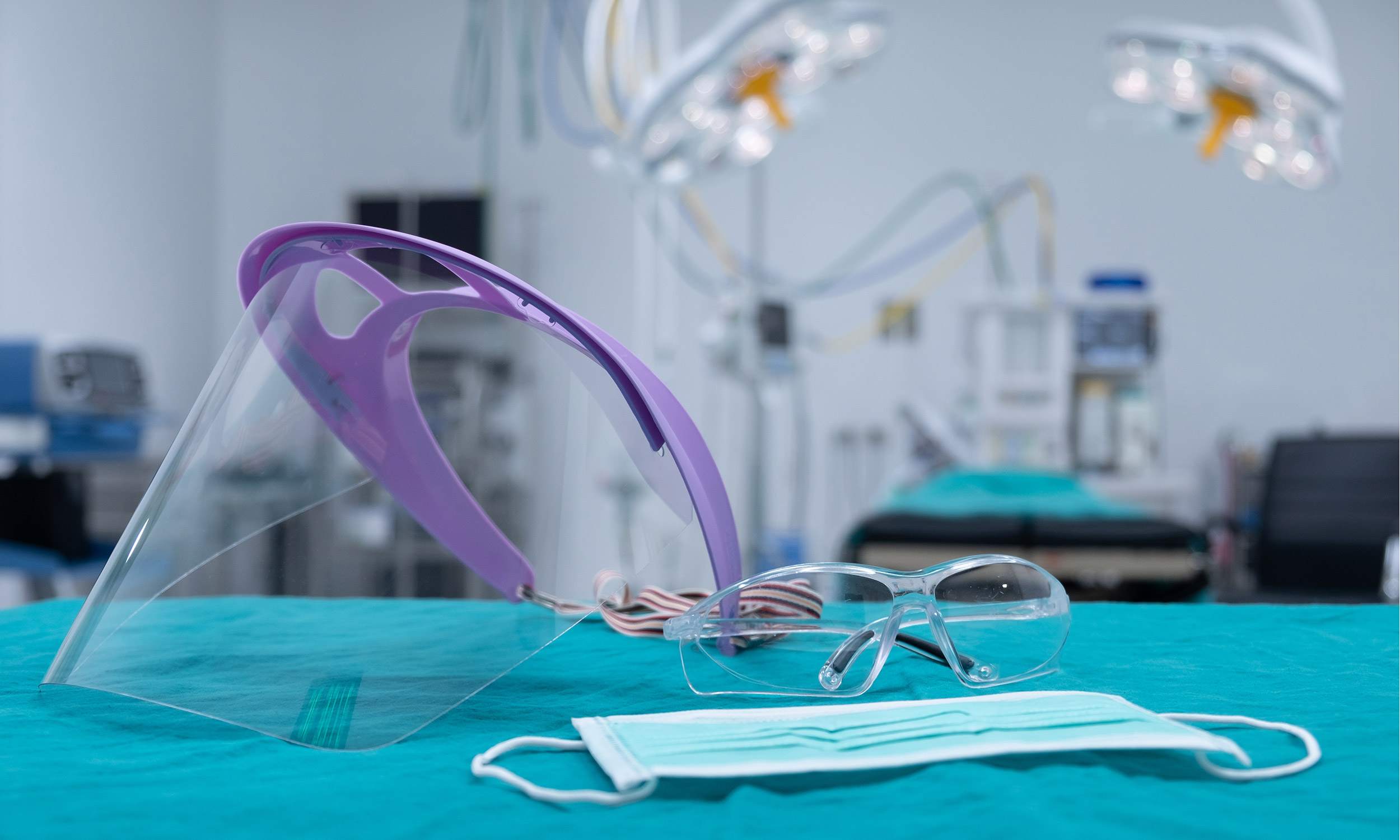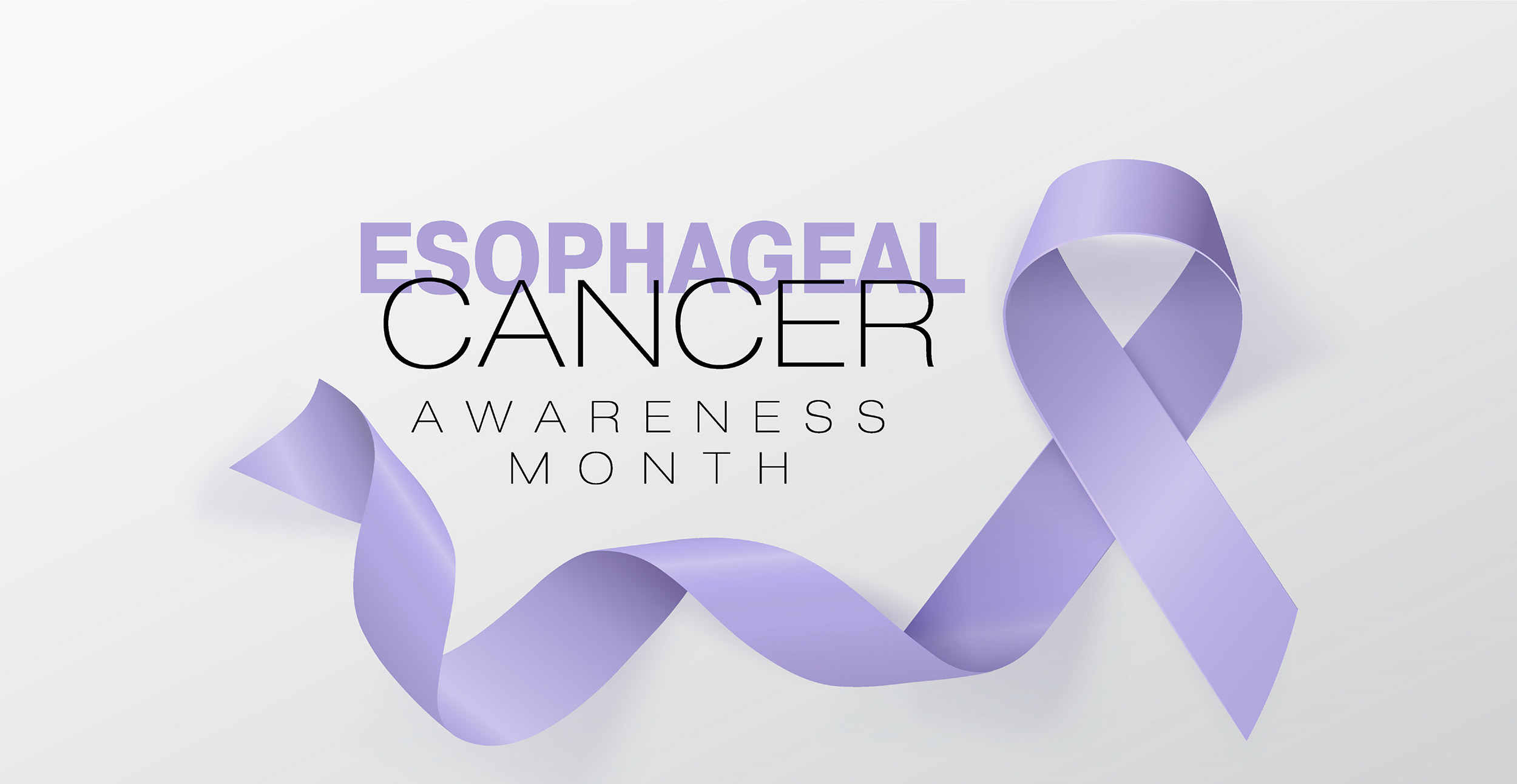
Tom Kallstrom remembers the letter he received from a patient who had been very sick in the hospital and was sent home requiring oxygen.
The durable medical company delivered her oxygen concentrator, plugged it in and left. That’s it. She had no idea what to do.
“I’ve been a therapist my whole life,” says Kallstrom, executive director of the American Association for Respiratory Care (AARC), based in Irving, Texas. “I saw firsthand what these families go through. You need to have somebody there to teach them and walk them through things. Our impact should go beyond the hospital, and we’re going to somehow, someway, make it back into the home, hopefully in my lifetime.”
The AARC is an advocacy organization that each year highlights respiratory therapists during Respiratory Care Week. With the 2020 global pandemic, there is more reason than ever to spotlight respiratory therapists as heroes, risking their own lives to provide lifesaving care on the frontline. As the celebration of Respiratory Care Week, Oct. 25-31, kicks off, getting RTs back into the home is just one of Kallstrom’s aspirations for the future.
SUE: What are the biggest challenges facing respiratory therapists today?
 Kallstrom: We’re really consumed with the COVID pandemic. When will this thing go away? Will it get worse? Will we find ourselves in a situation where we need more therapists like what happened in several of the hotspots around the country? We just don’t know. We need to make sure that people are aware of what a respiratory therapist is, because we want to bring them into the profession. We’re 74-years-old as a profession. 2020 is the year the majority of therapists turn 65 and are likely ready to retire. Our big job is to make sure that other people know who we are and what we are.
Kallstrom: We’re really consumed with the COVID pandemic. When will this thing go away? Will it get worse? Will we find ourselves in a situation where we need more therapists like what happened in several of the hotspots around the country? We just don’t know. We need to make sure that people are aware of what a respiratory therapist is, because we want to bring them into the profession. We’re 74-years-old as a profession. 2020 is the year the majority of therapists turn 65 and are likely ready to retire. Our big job is to make sure that other people know who we are and what we are.
SUE: What are the key lessons that the pandemic has taught?
Kallstrom: Respiratory therapists are doing a lot of things that reduce the need for patients to be ventilated earlier than was originally thought to be necessary, which likely means there will be fewer people on ventilators. High-flow heated humidity has been very useful in a lot of these patients. It also is very effective in providing better oxygenation for patients and in many cases prevented them from needing to be intubated. Twenty-one respiratory therapists have died as a result of working on COVID patients. I was able to convince the [AARC] board to let us give the families a token of our respect for them. It’s $500. We also have a virtual museum where we have a wall with a plaque to recognize them
SUE: Has the pandemic fundamentally changed the role of respiratory therapists?
Kallstrom: We basically continue to do the things we did. Unfortunately, what happened was in many of the hot spots, because there might not have been enough therapists, the ratio of therapists to ventilated patients was very, very high.
SUE: What kinds of changes are going on in the field?
Kallstrom: Luckily, during the pandemic, [the Centers for Medicare and Medicaid Services] has acknowledged that respiratory therapists can furnish telehealth services the physician would otherwise do personally and the physician bills for it since respiratory therapists do not have direct billing rights, so that’s encouraging. What we want to do is make sure that when this is over, we can continue this, because the respiratory therapist can provide so much by way of monitoring and direct education through telemedicine.
SUE: What can respiratory therapists do in disease management?
Kallstrom: It’s certainly an area that the AARC believes respiratory therapists can and should play a critical role. Someday, we hope there’s a credential for this. It would be called the chronic pulmonary disease educator. It would be a certification and perhaps a credential after that, focused on COPD, asthma, cystic fibrosis, and chronic pulmonary diseases.
SUE: How important is the new role of COPD navigator?
Kallstrom: When patients leave the hospital, they’re not necessarily prepared as well as they need to be when it comes to learning about the equipment they’re going to be on, such as oxygen equipment, and some patients are left to their own devices. They’re scared to death. A lot of patients may not even use their oxygen because they’re afraid to use it. They need the care from a respiratory specialist when they’re home with a respiratory disease.
SUE: What do you think about respiratory therapists becoming credentialed as case managers and becoming board certified in infection control?
Kallstrom: I think it’s good that they’re becoming case managers. That is a very smart thing. I have not been concentrating on infection control from the perspective of board certification. I’d have to learn more about it. Right now, we’re trying to pursue the advanced practice respiratory therapist, which is something like what a PA does, which is kind of similar to a case manager as well.
SUE: What do you see as the role of single-use devices?
Kallstrom: I think single-use will prevent the likelihood of an infection spreading to the patient that could cause serious problems. I think it makes sense if the products are able to be used safely and it’s cost effective.
SUE: Are there technological changes that are important right now?
Kallstrom: Using telemedicine, that is something that really is making a difference in the pandemic. To me, that’s one of the bigger technological things today that I see that has a great potential down the road, especially when it comes to working with pulmonary patients.


